if you edit the template/workbook and look at the queries you can see exactly what is going on there:
let start = startofday(ago({Metric}));
union customEvents, pageViews
| where timestamp >= start
| where name in ({Activities}) or '*' in ({Activities}) or ('%' in ({Activities}) and itemType == 'pageView') or ('#' in ({Activities}) and itemType == 'customEvent')
{OtherFilters}
| summarize Users = dcount(user_Id), Sessions = dcount(session_Id), Views = count()
| evaluate narrow()
| project Title = case(Column == 'Users', 'Active Users', Column == 'Sessions', 'Unique Sessions', 'Views'), Metric = Value, SubTitle = '━━'
views in this case, is a count of items in the tables; Views = count(),
Users is dcount(user_Id) and Sessions = dcount(session_Id)
seeing just 1 user/session implies that there's nothing automatically generating "distinct" ids for those values, so the user_Id, session_Id fields are completely empty across all rows (the one unique id being undefined in both columns)
how user and session id values get populated is very specific to what application insights sdks you are using, and how you've configured them.
